Cimitirul Vesel (The Merry Cemetery)Ioan Stan Patras (1908-1977)
Extant
Săpânţa, Maramureș, Romania
begun 1935
Open to the public
About the Artist/Site
The local graveyard of the small community of Sapanta in northern Romania is quite unusual. Rather than a colorless, sad site, this cemetery seems bright and lively, since most of the gravesites here are decorated by a wooden marker adorned with carved inscriptions and painted polychrome scenes in relief. Most of these colorful decorations were originally created by Ioan Stan Patras and, as they were the work of one man, the cemetery has taken on the look of an art environment.
Patras’s family had lived for many generations in the village, and as a young man Patras was interested in art. He painted, wrote poetry, and sculpted in wood, so it was only natural that he became the one in the village to be commissioned to make the tombstones, which in this area were traditionally carved in oak.
He began adding small poetic texts to his carved tombstones for the first time in 1935, describing in the first person and in the local dialect the character, the profession, or an important life event of the deceased. Soon he began to add a brightly painted sculpted relief to illustrate those inscriptions. Patras used a specific blue as background color, painting the scene in a naive style in primary green, yellow, red, and black colors. The texts about the deceased were honest and anecdotal accounts, sometimes critical and occasionally humorous, describing the deceased according to the stories of the villagers and the memories retrieved and remembered during the prolonged vigils, which Patras often attended.
Patras's way of dealing with death was that shared by his neighbors: the soul was believed to be immortal, so death was viewed as a joyful passage from earthly misery to a better life beyond. In Romanian the graveyard is called Cimitirul Vesel, the joyful or merry cemetery.
Patras created some 700 tombstones during his working years. After his death, his work was continued by his pupil Dumitru Pop, who moved into Patras's house near the graveyard. This house has now been turned into a museum that is open to the public. The graveyard itself, designated by UNESCO as a World Heritage site, has become one of Romania's most important tourist spots. It is visited by thousands of tourists annually, who—unlike the locals—pay a small entrance fee to view the site.
~Henk van Es
Map & Site Information
Săpânţa, Maramureș
ro
Latitude/Longitude: 47.9741646 / 23.6977807
Nearby Environments


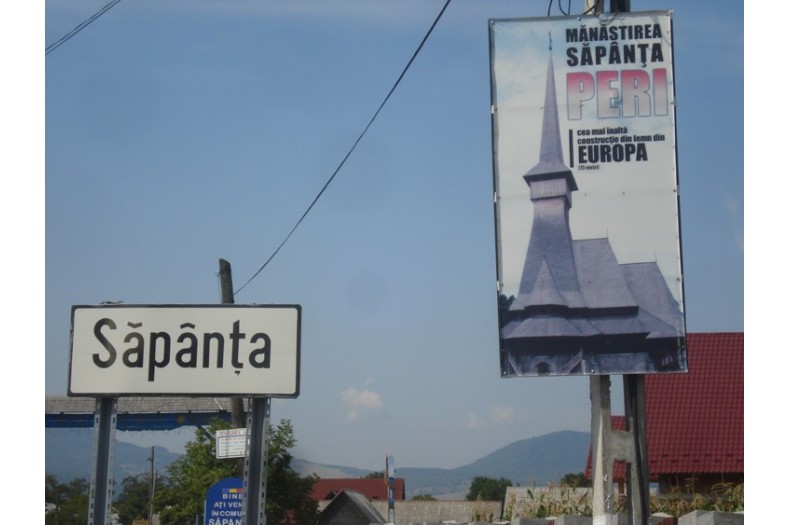
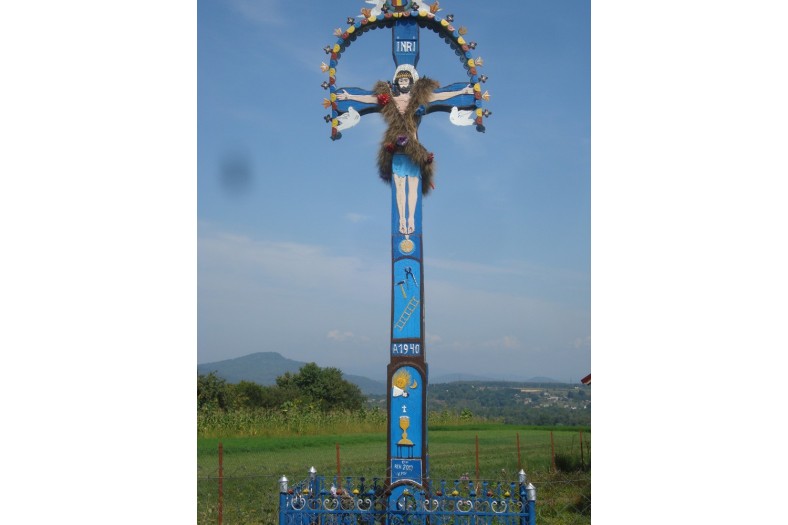
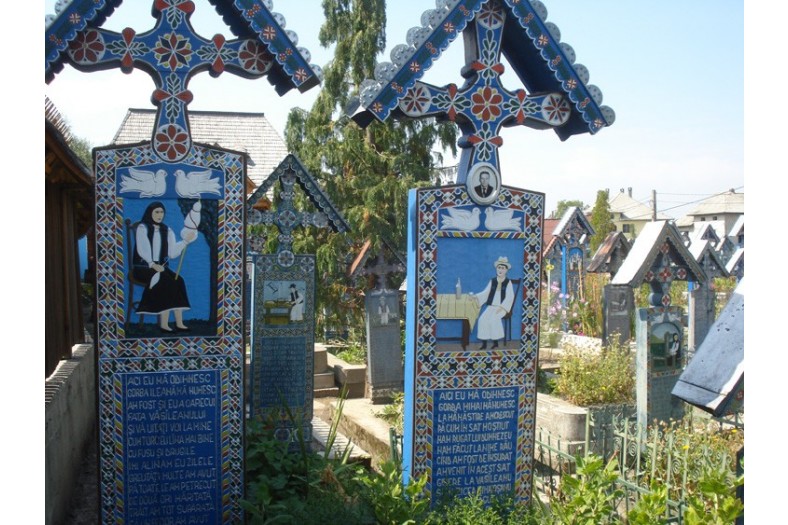
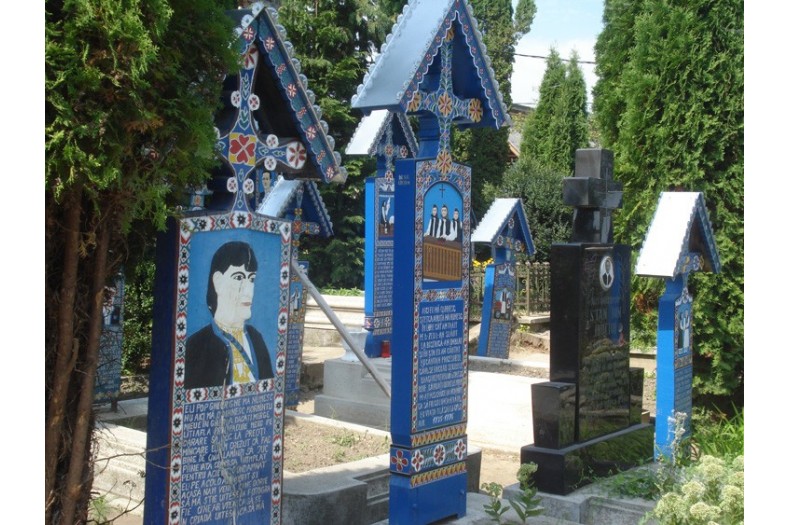
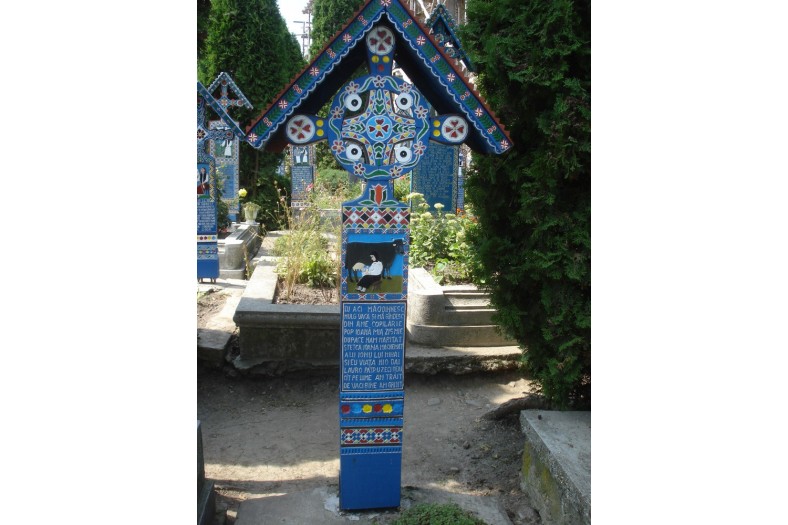
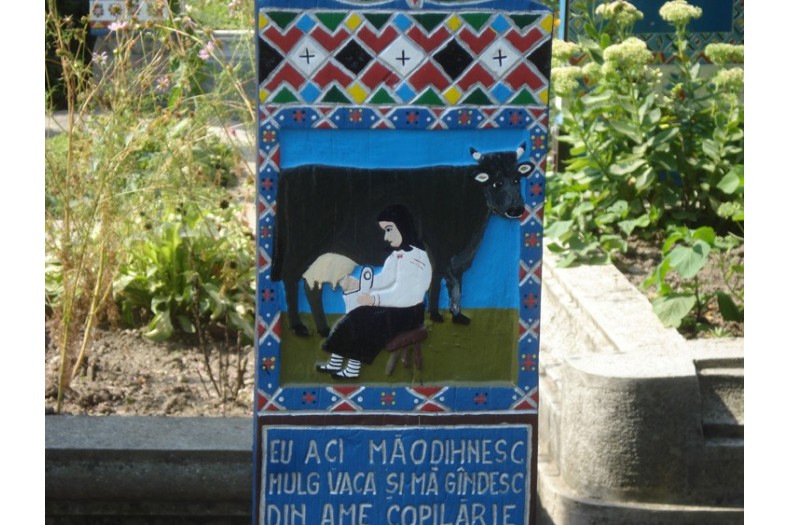
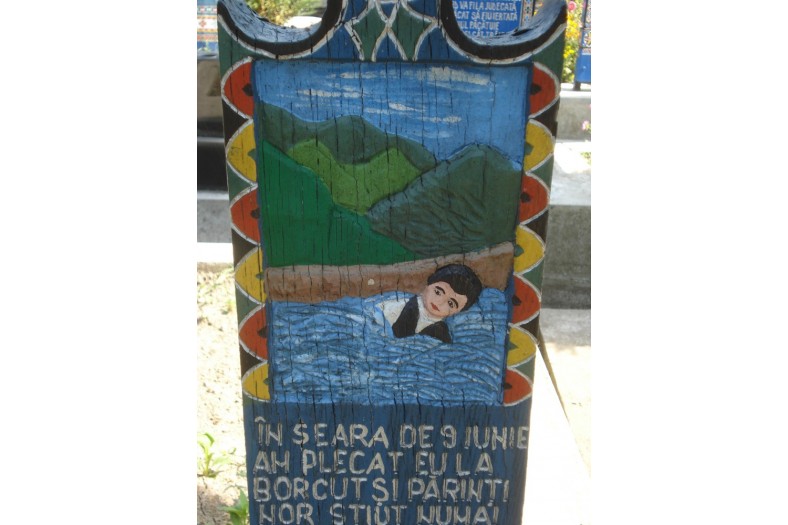
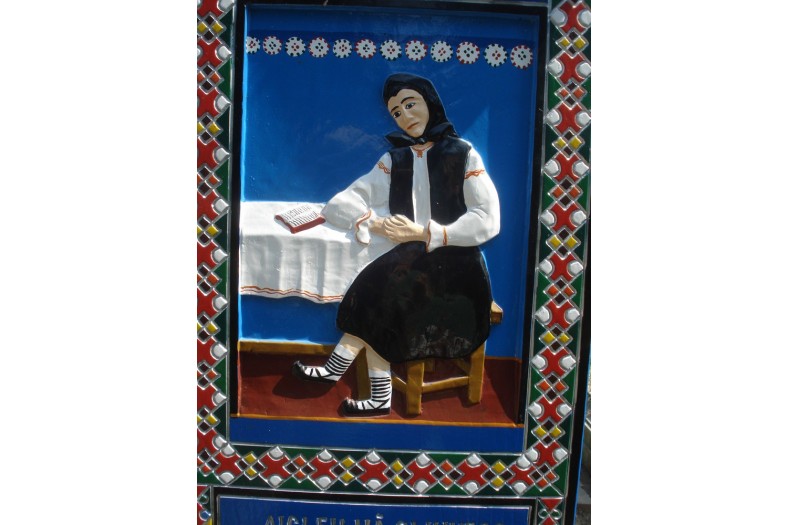
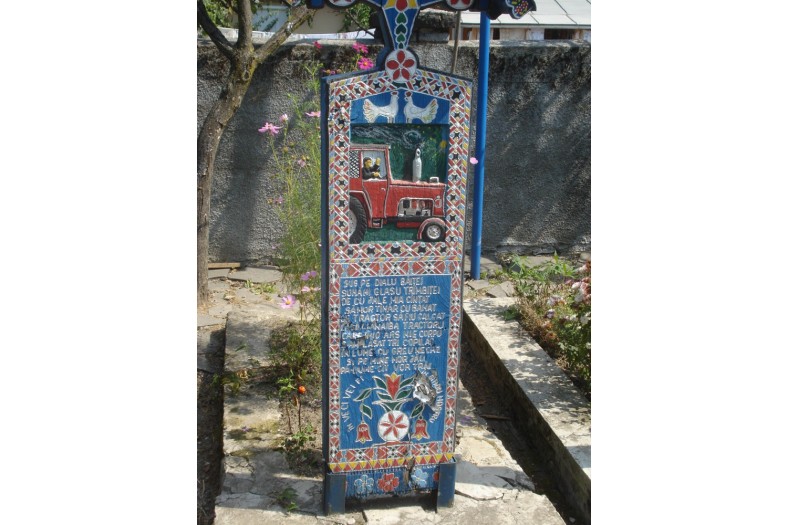
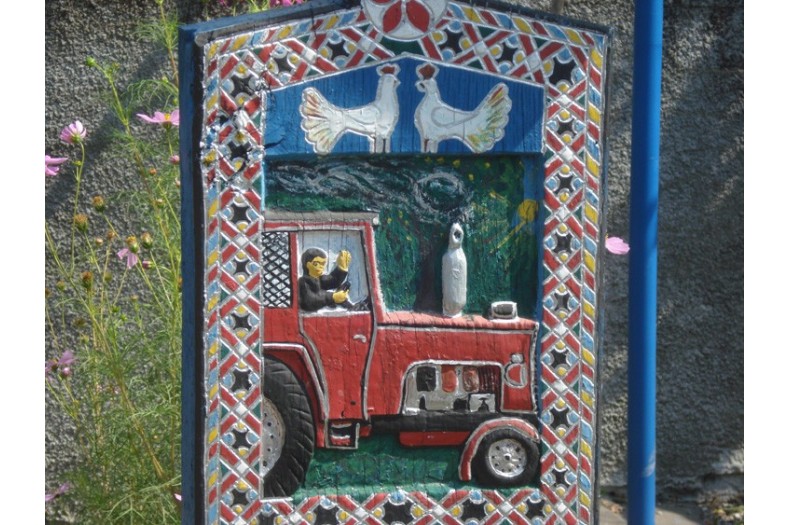
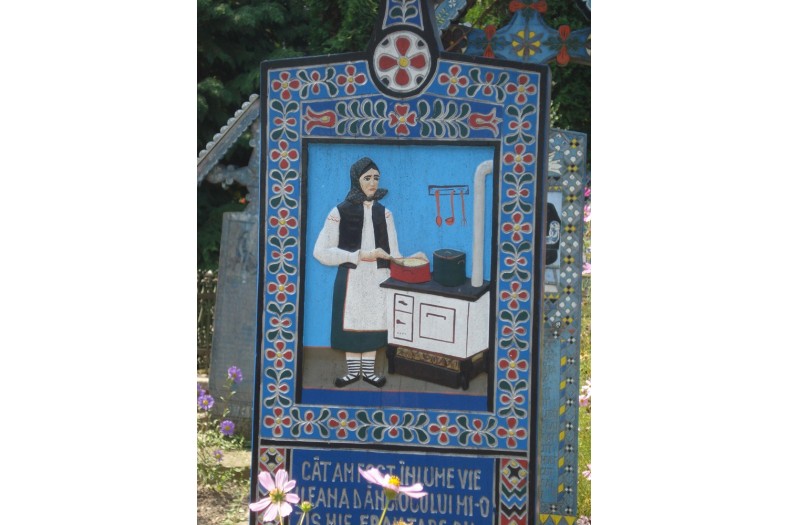
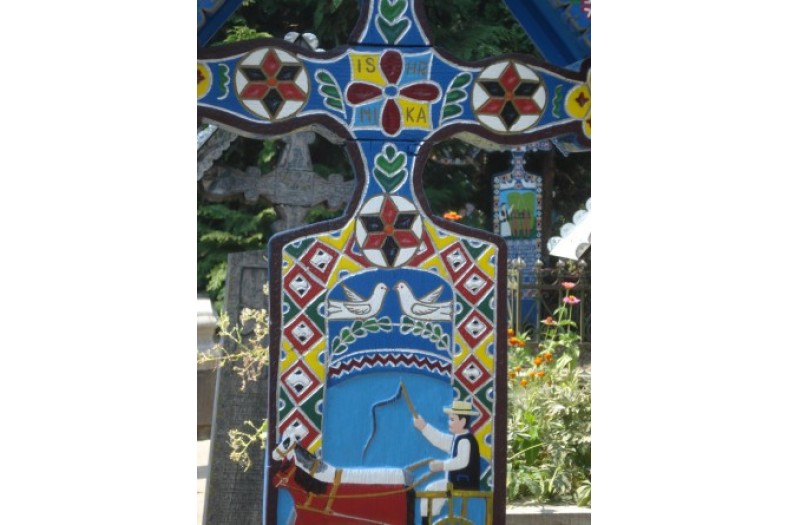
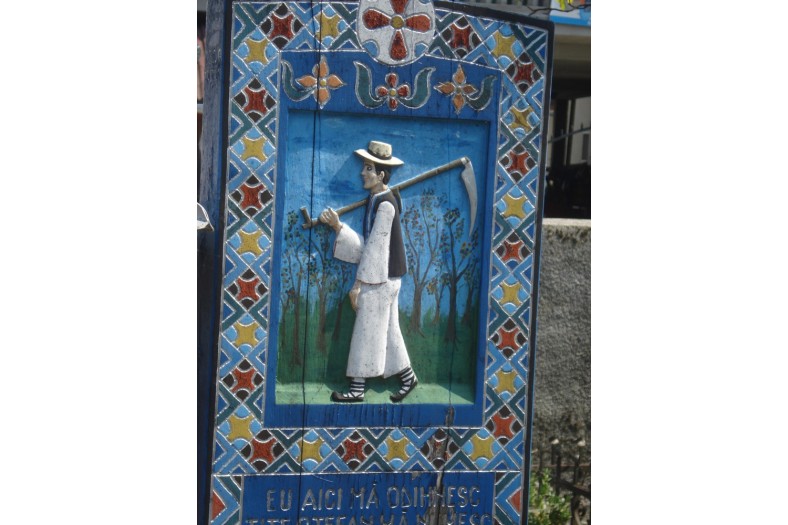
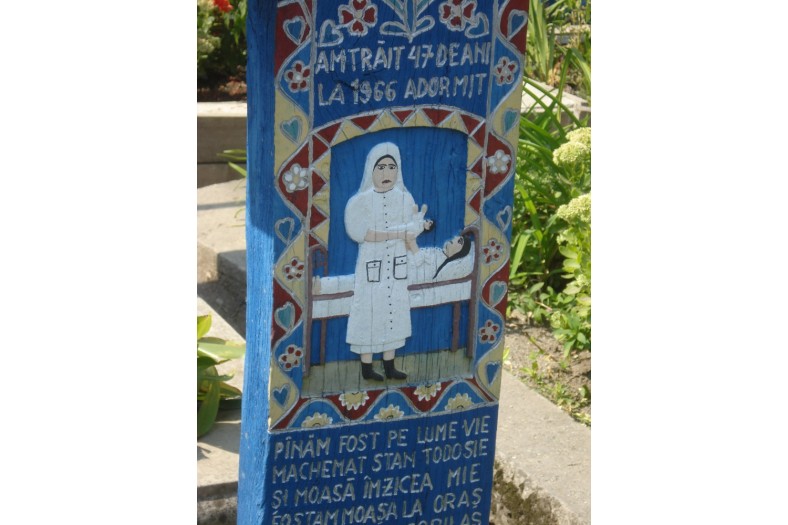
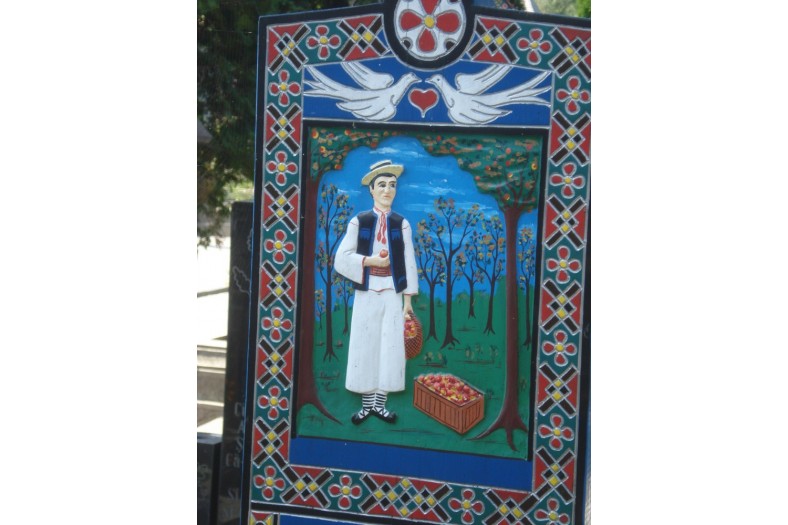
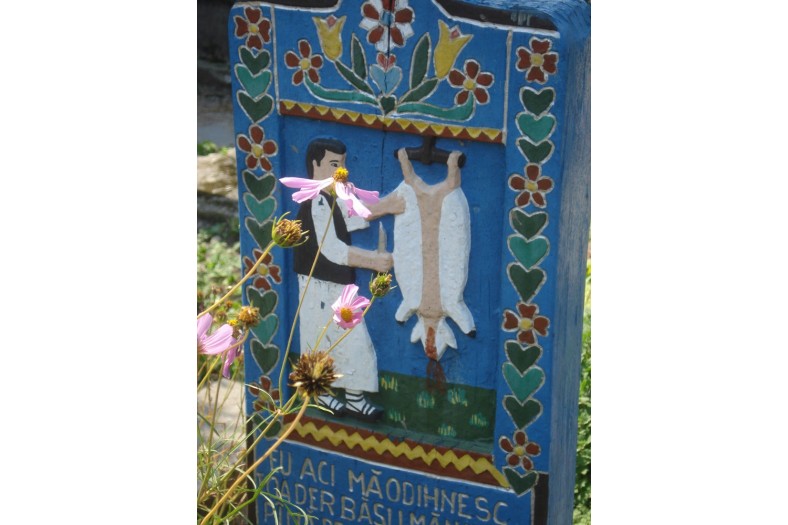
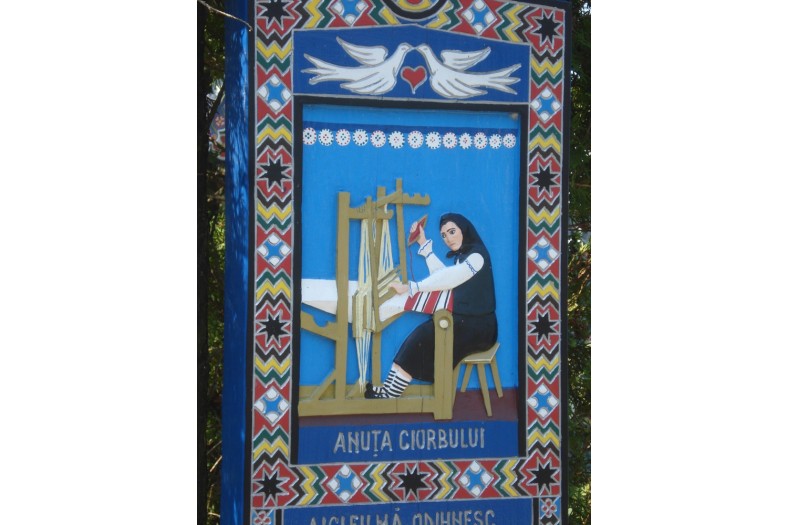
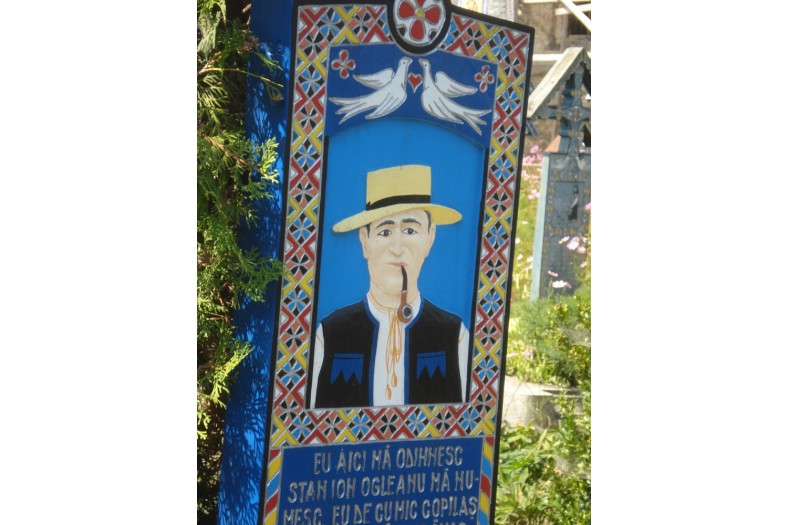
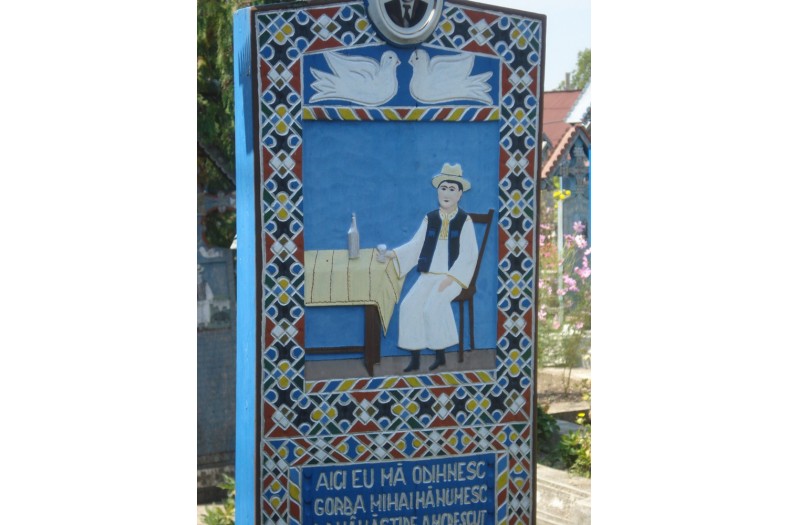
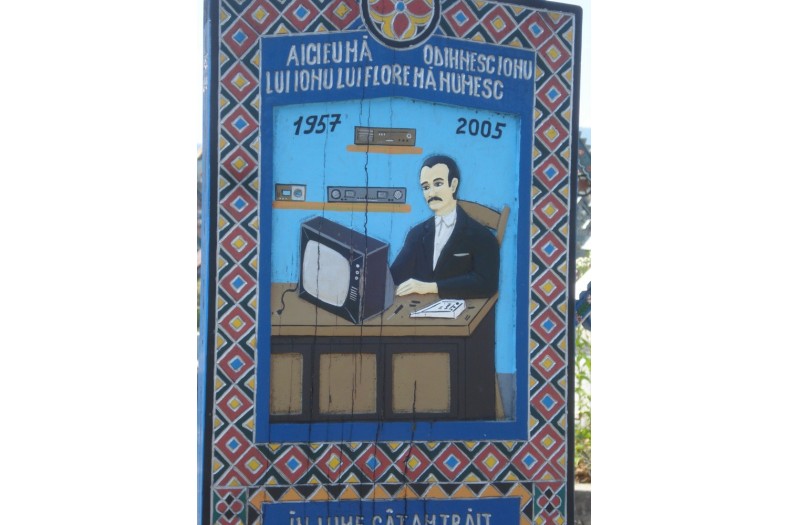
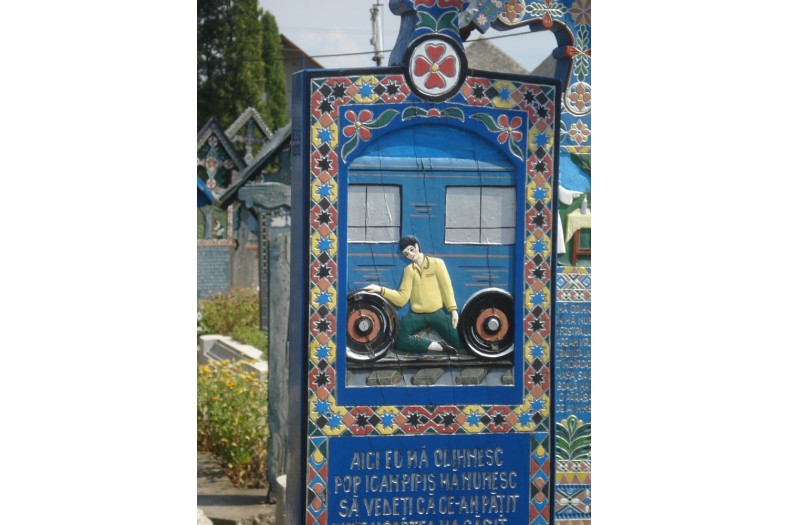
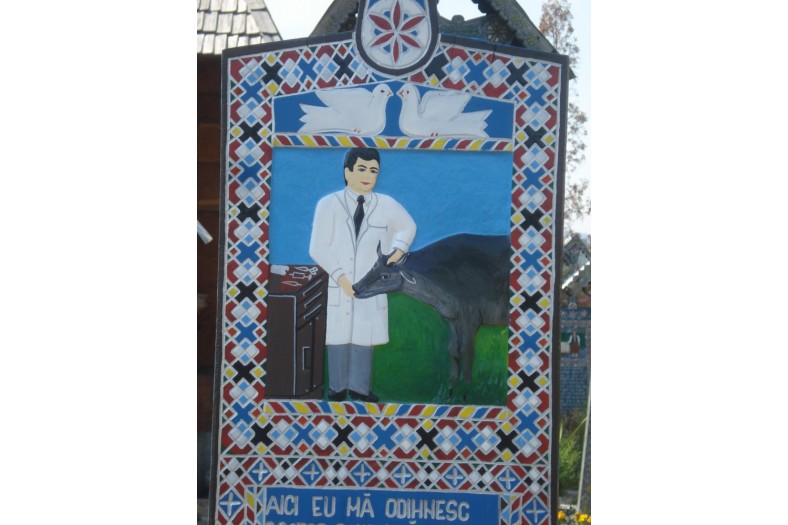
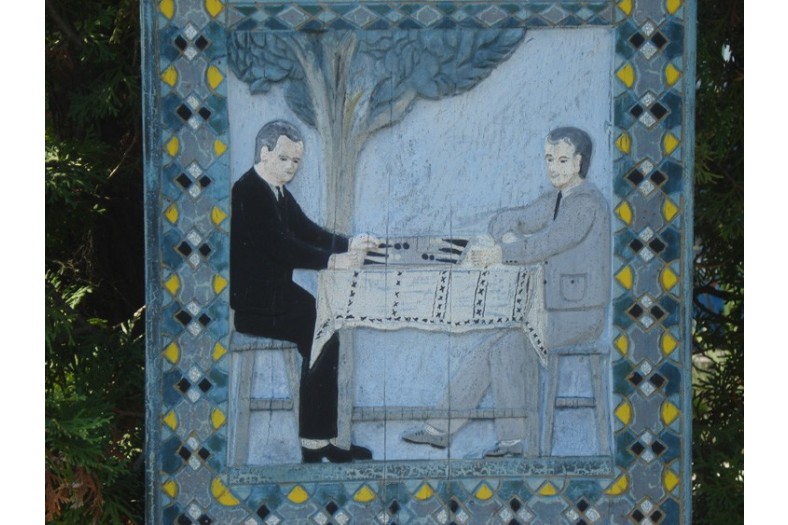
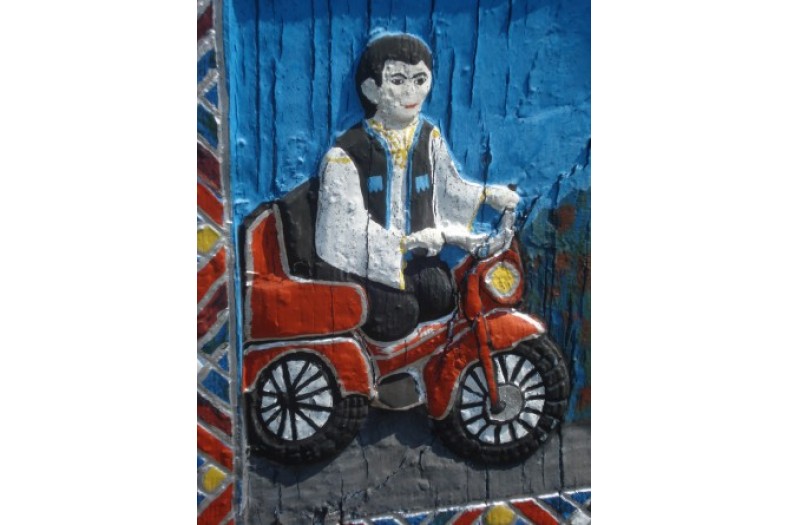
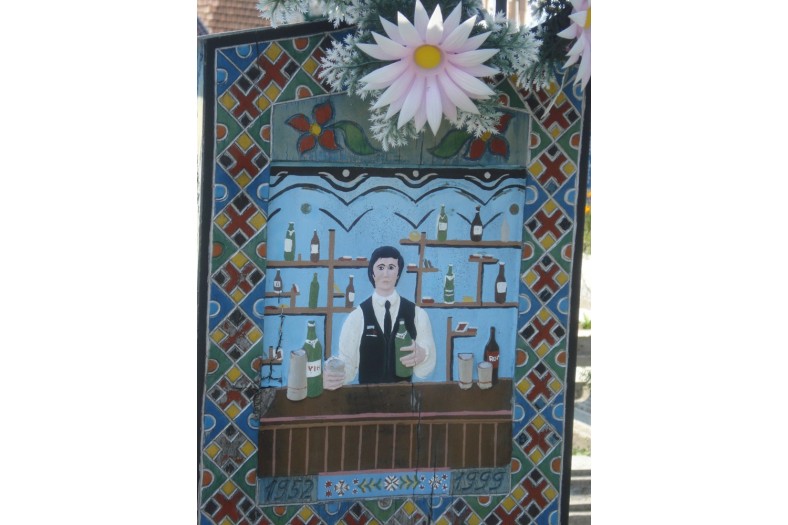
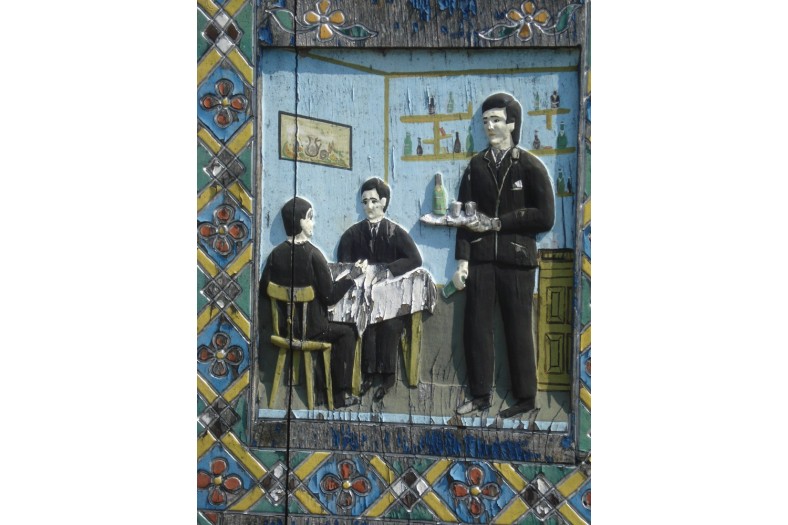
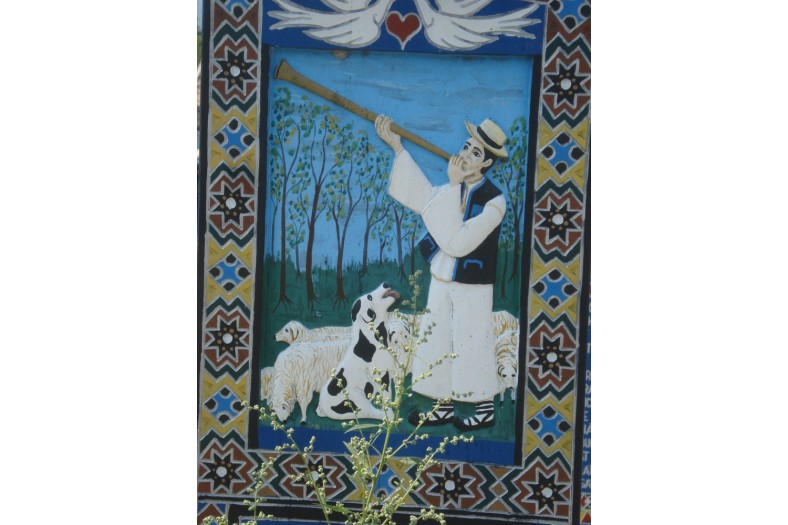
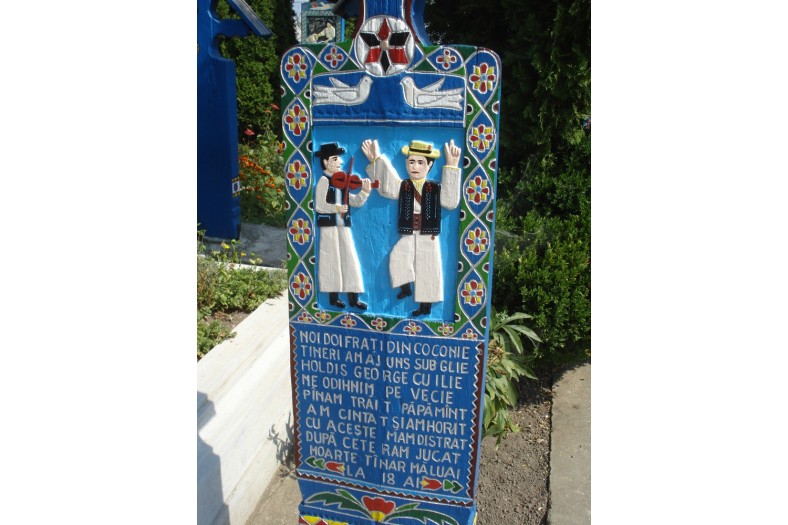
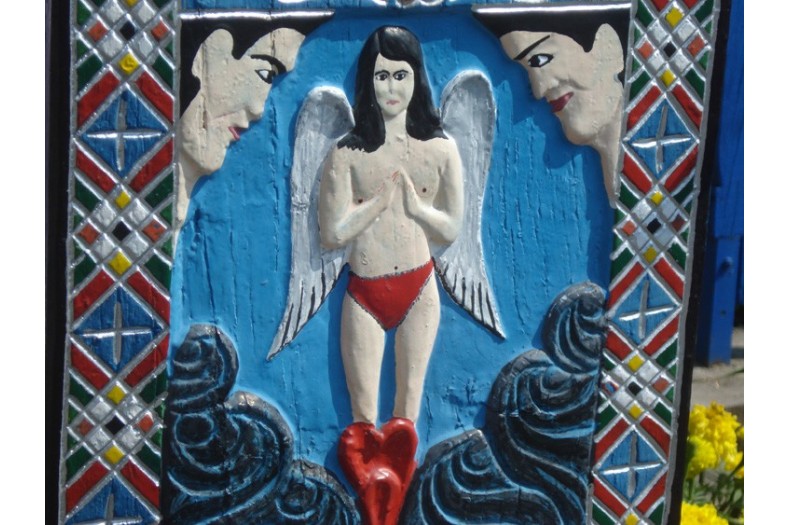
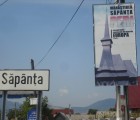
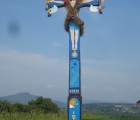
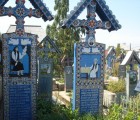
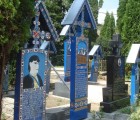
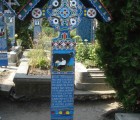
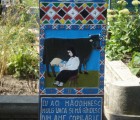
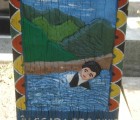
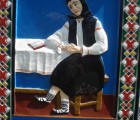
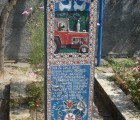
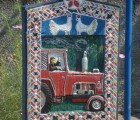
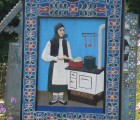
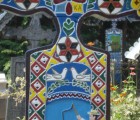
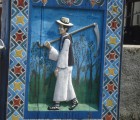
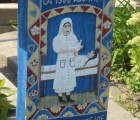
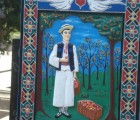
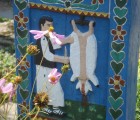
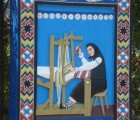
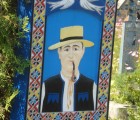
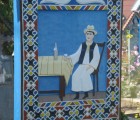
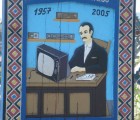
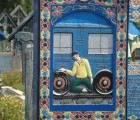
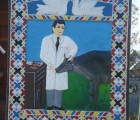
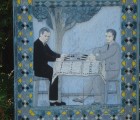

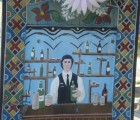


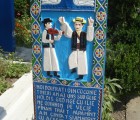

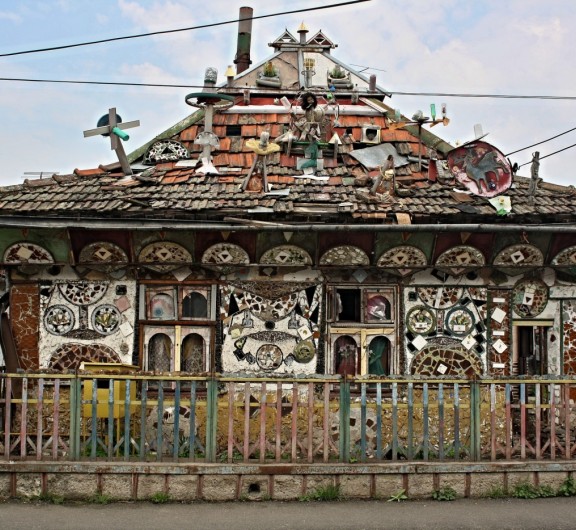
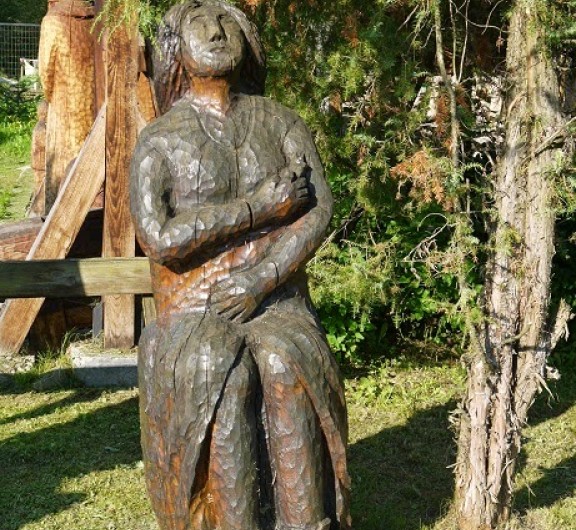
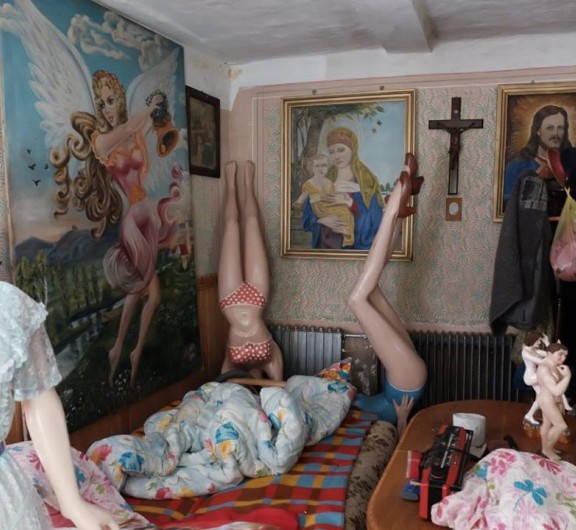
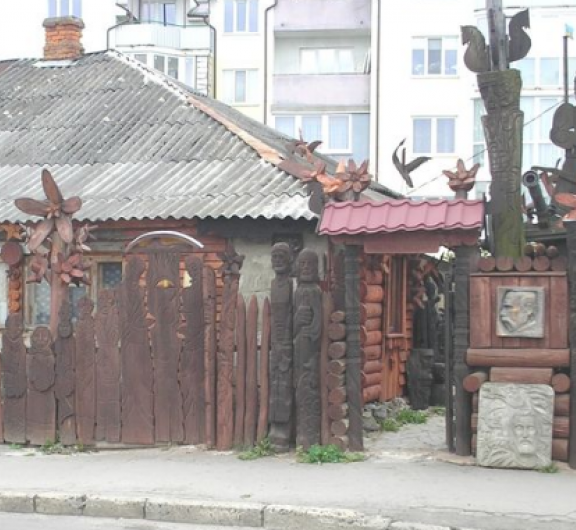


Post your comment
Comments
No one has commented on this page yet.